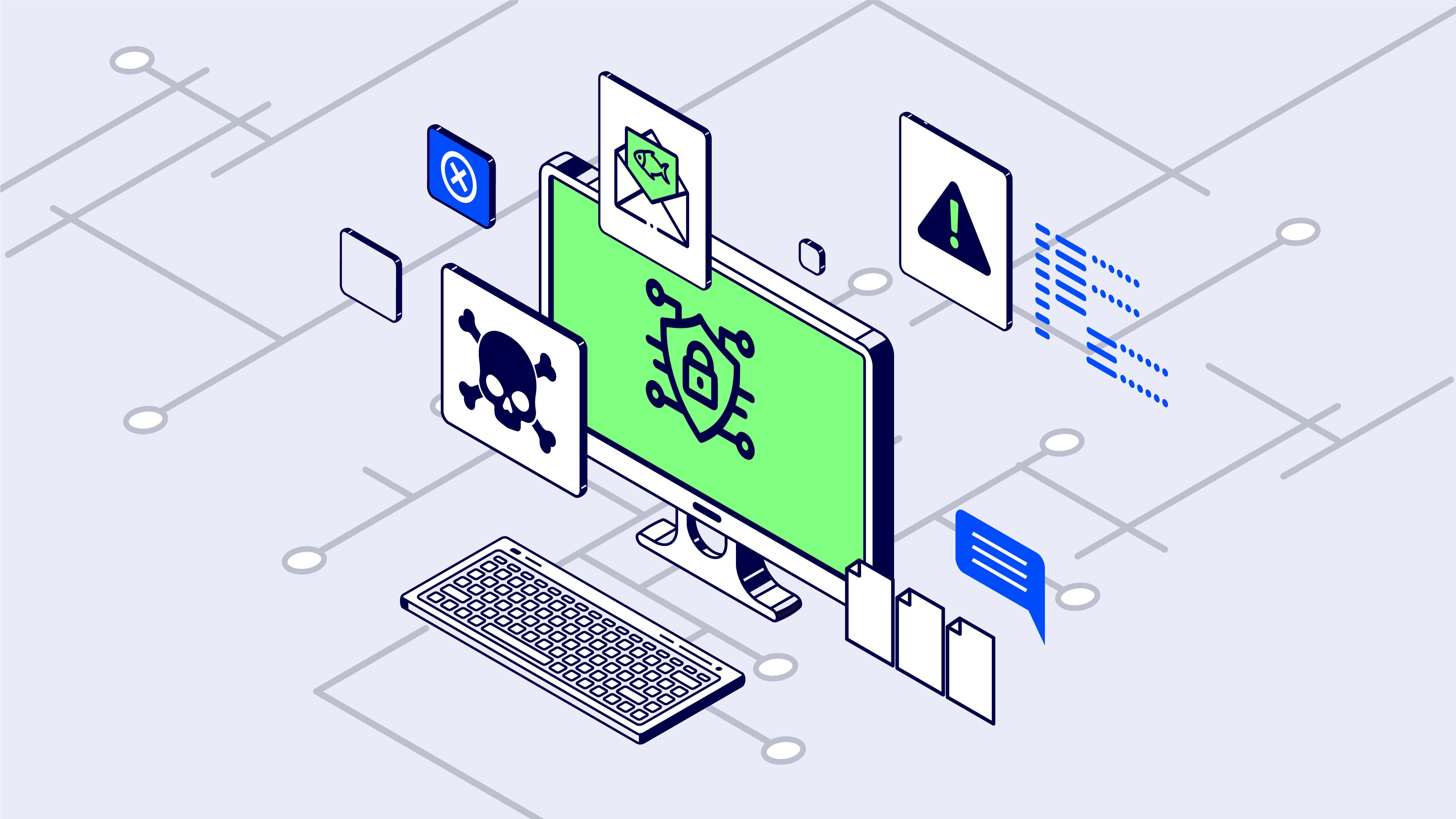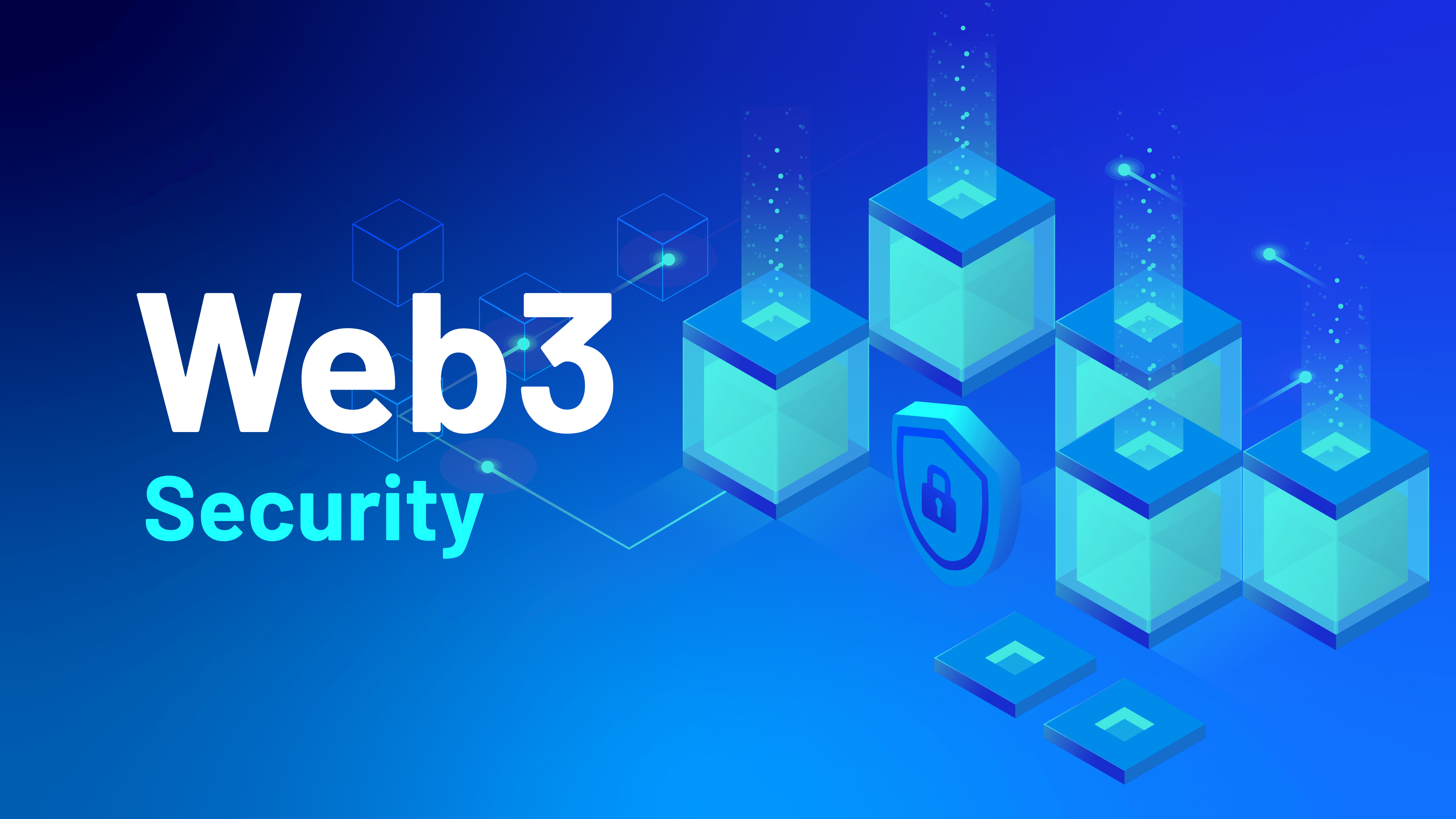
Avoid Cyberattacks: Why You Need a Vulnerability Assessment
Vulnerabilities are a latent threat to system security. In the past year, 68% of organizations have been victims of cyberattacks, underscoring the need to proactively address potential risks to systems.
In this context, vulnerability assessments are essential to identify and remediate weaknesses before attackers can exploit them. In this article, we'll take a closer look at cybersecurity vulnerabilities, explore the latest ones, and explain why conducting a vulnerability assessment on your digital infrastructure is crucial.
Find out how you can strengthen your cybersecurity with a vulnerability assessment provided by Acid Labs.
What is a vulnerability?
A vulnerability is a weakness in a system, application, network, or device that an attacker could exploit to compromise security. Vulnerabilities can arise due to incorrect configurations in systems, applications, or networks, programming errors in software code, or even design flaws in a system's architecture.
These vulnerabilities, which can manifest themselves in various ways, represent the gateway for cyber threats. When attackers find and exploit these weaknesses, they can carry out a series of damaging actions, such as:
- Data theft: Vulnerabilities can allow unauthorized access to databases and storage systems. As a result, attackers can steal critical information such as personal data, passwords, financial information, or intellectual property.
- Unauthorized access: Cybercriminals can break into protected systems or networks, gain access to sensitive data, and take control of systems, giving them elevated privileges.
- Service disruption: Attackers can exploit vulnerabilities to cause systems or networks to fail, disrupting essential services.
- Execution of malicious code: By exploiting vulnerabilities, hackers can introduce and execute malicious code on systems, allowing them to control and manipulate them at will.
- Violation of privacy: Attackers can access webcams, microphones, and IoT devices, invading people's privacy and collecting personal information.
The ten most exploited vulnerabilities in 2023
To stay one step ahead of cyberattacks, it is essential to be aware of the latest vulnerabilities. In this regard, the OWASP Top 10 is a reference guide for understanding and addressing the most critical cybersecurity risks affecting web applications.
The latest version of this report, produced by the Open Web Application Security Project (OWASP), highlights the following ten vulnerabilities:
1. Broken Access Control
Access controls are critical to preventing unauthorized access to data and resources. When these controls fail, data can be compromised, and attackers can gain inappropriate privileges or take control of user accounts.
2. Cryptographic failures
Cryptographic failures result from poor implementation or lack of encryption, which can expose sensitive data. With the average cost of a data breach on the rise, the importance of a secure cryptographic implementation is critical.
3. Injection
Injection refers to the ability of attackers to introduce malicious data that causes an application to execute unwanted commands. Injections, such as SQL or JavaScript, can lead to denial of service or data leakage. Focusing on security at an early stage in the development cycle is key.
4. Insecure design
Architectural design flaws increase security risks. Attackers can exploit inherently insecure applications even with perfect implementations of other security controls. Mitigation includes the use of threat modeling to identify design flaws.
5. Security misconfiguration
Misconfiguration of security components in applications is a growing problem. Strategically addressing these risks requires addressing the entire application and infrastructure stack.
6. Vulnerable and outdated components
Using outdated or vulnerable components in applications can put them at risk. Patch management and component inventory are key to reducing these vulnerabilities.
7. Identification and authentication failures
Failures in authentication and identity management leave applications vulnerable to impersonation attempts. Implementing multi-factor authentication and enforcing password policies is essential.
8. Software and data integrity failures
Incorrect assumptions about software or data integrity can lead to significant vulnerabilities. The basic mitigation strategy ensures that both code and external data remain intact. This is achieved by implementing digital signatures that verify the authenticity and integrity of resources.
9. Security Logging and Monitoring Deficiencies
Poor logging and monitoring hinder incident detection and response. Implementing logging and monitoring tools along with response strategies is critical.
10. Server-Side Request Forgery (SSRF)
Server-side request forgery allows attackers to make self-directed requests, bypassing access controls. Defense in depth with layered controls is essential to prevent SSRF.
Five reasons to perform a vulnerability assessment
Performing a vulnerability assessment is a fundamental practice for keeping companies, organizations, and users secure. Why should you do it? The main reasons are:
1. Identifying latent risks
Vulnerability assessments identify potential weaknesses in systems, applications, networks, and devices. By discovering these vulnerabilities before attackers exploit them, organizations can take proactive steps to mitigate risk.
2. Preventing cyberattacks
By knowing the specific vulnerabilities in the infrastructure, organizations can take preventative measures such as applying security patches or configuring appropriate defenses. This significantly reduces the attack surface and prevents cyberattacks before they occur.
3. Protecting reputation
Cyberattacks can severely damage an organization's reputation. A significant example is the Yahoo data breach in 2013 and 2014, which affected approximately 3 billion accounts, making it one of the worst-known cyberattacks. This event highlights the importance of vulnerability assessments to prevent such incidents and maintain a positive reputation.
4. Long-term cost savings
Preventing cyberattacks is much more cost-effective than dealing with the consequences of an attack. According to an IBM Security 2023 report, the average cost of a data breach exceeds $4 million, and for large organizations, that cost can be significantly higher. Proactively identifying and addressing vulnerabilities not only reduces the risk of cyberattacks but also saves organizations the costs associated with recovering systems and managing potential breaches.
5. Regulatory compliance
Many countries and industries have specific regulations and laws that require organizations to protect user data and privacy, such as the General Data Protection Regulation (GDPR) and the California Consumer Privacy Act (CCPA). Vulnerability assessments can help you meet these requirements and avoid potential legal penalties and fines for non-compliance.
Protect your organization with a vulnerability assessment
In a digital environment where security is an inescapable priority, understanding vulnerabilities and the urgency of assessing them becomes essential. Prevention and protection are becoming fundamental pillars in a reality where cyberattacks are a constant threat.
The good news is that taking proactive measures is both efficient and cost-effective. Conducting a vulnerability assessment not only protects an organization's reputation and valuable information but also translates into significant savings in the long run. Stay one step ahead in protecting your business and get your vulnerability assessment from Acid Labs today. Contact us now!
Publication date: November 6, 2023.





